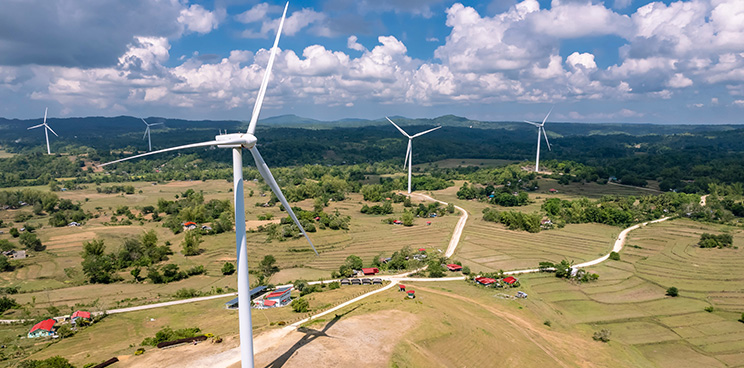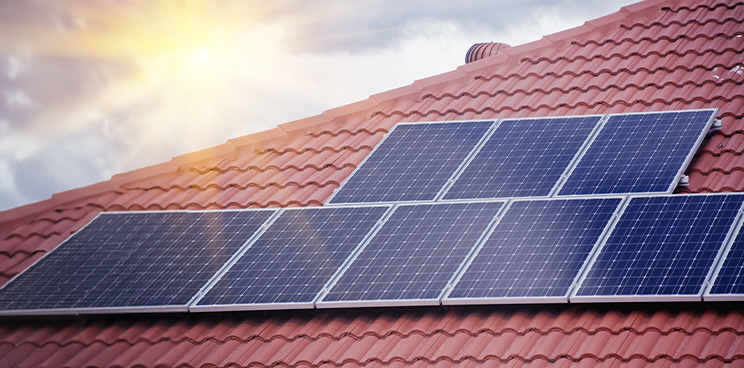Sustainability at home is becoming increasingly important as individuals and families seek to reduce their environmental impact and promote a healthier planet. Implementing sustainability practices at home not only benefits the environment but can also enhance your quality of life, reduce costs, and foster a sense of community.
Sustainability at home is all about creating a lifestyle that fulfills our current needs while ensuring that future generations can thrive as well. It’s a commitment to making choices today that protect our planet and resources for tomorrow. This involves aspects including energy efficiency, waste reduction, water conservation, and sustainable food practices. The environmental impact of sustainability is profound, as adopting these principles can lead to a significant reduction in ecological footprints, helping ensure that future generations get to experience the wonders the world has to offer as well..
Adopting sustainability practices at home comes with numerous benefits:
- Cost Savings. Reducing energy consumption and minimizing waste can lead to lower utility bills and reduced expenses.
- Healthier Living Environment. Sustainable practices often result in cleaner air and water, contributing to better health for all household members.
- Community Engagement. Many sustainable practices encourage community involvement, fostering connections with neighbors and local organizations.
- Environmental Impact. By making sustainable choices, households can contribute to the reduction of greenhouse gas emissions and the preservation of natural resources.
Sustainability at home is all about creating a lifestyle that fulfills our current needs while ensuring that future generations can thrive as well.
1. Energy Efficiency
- Upgrade appliances. Investing in energy-efficient appliances is a smart move, as they consume less electricity and can significantly lower your energy bills. Focus on upgrading high-energy consumers like air conditioning units, refrigerators, and washing machines to maximize your savings and reduce your environmental impact. Look for the ENERGY STAR label when purchasing new devices.
- Use LED lighting. Replace incandescent bulbs with LED lights, which use up to 80% less energy and last significantly longer.
2. Water Conservation
- Fix leaks. Regularly check for leaks in faucets, toilets, and pipes. Even small leaks can waste significant amounts of water over time.
- Install low-flow fixtures. Use low-flow showerheads and faucets to reduce water usage. Remember to shut off the water while shampooing to conserve water and make your shower routine more eco-friendly. By turning off the tap while lathering up, you can save gallons of water without sacrificing cleanliness!
- Rainwater harvesting. Consider installing a rain barrel to collect rainwater for watering plants and gardens.
3. Waste Reduction
- Composting. Start composting kitchen scraps and yard waste. Composting reduces landfill waste and creates nutrient-rich soil for gardening.
- Recycling programs. Familiarize yourself with local recycling guidelines and participate actively in recycling programs.
- Minimalism. Adopt a minimalist approach by decluttering your home. Donate or sell items you no longer need instead of throwing them away.
- Green banking. Choosing sustainable banking in the Philippines not only supports financial institutions that prioritize environmental responsibility but also fosters broader economic benefits. By offering green financing options and investing in renewable energy projects, many local banks are actively integrating environmental, social, and governance (ESG) factors into their operations. This commitment helps drive the transition to a low-carbon economy while promoting financial inclusion for underserved communities.
4. Sustainable Food Practices
- Grow your own food. Start a small vegetable or herb garden at home. Growing your own food reduces reliance on store-bought produce and minimizes packaging waste.
- Choose local and organic products. Support local farmers by purchasing seasonal fruits and vegetables. Organic products are often produced with fewer chemicals, benefiting both health and the environment.
- Reduce meat consumption. Did you know that meat and dairy contribute about 14.5% of global greenhouse gas emissions, according to the UN's Food and Agricultural Organization (FAO)? You can help make a difference by adding more plant-based meals to your diet. Reducing meat consumption not only lowers your carbon footprint but also promotes a healthier lifestyle and supports sustainable food systems.5. Eco-Friendly Transportation <h3>
- Public transport or carpooling. Whenever possible, use public transportation or carpool with others to reduce individual vehicle emissions.
- Biking or walking. For shorter distances, consider biking or walking instead of driving. This not only reduces emissions but also promotes physical health.
5. Sustainable Home Improvements
- Insulation upgrades. Improve your home's insulation to maintain temperature more efficiently, reducing heating and cooling costs.
- Use sustainable materials. When renovating or building, choose sustainable materials such as bamboo flooring or recycled glass countertops.
6. Educate Yourself and Others
Stay informed about sustainability issues through books, documentaries, and online resources. Share knowledge with family members and friends to inspire collective action towards sustainability at home.
To effectively implement sustainable practices at home, you need to cultivate a mindset focused on sustainability. This involves:
- Setting goals. Establish specific sustainability goals for your household, such as reducing energy consumption by a certain percentage or committing to zero waste for a month.
- Tracking progress. Monitor your progress towards these goals regularly. This could involve keeping track of utility bills or waste output.
- Celebrating successes. Acknowledge achievements in your sustainability journey, no matter how small they may seem. Celebrating successes can motivate continued efforts towards sustainable living.
Embracing sustainability at home is not just about making changes; it is about fostering a lifestyle that prioritizes the health of our planet while enhancing our quality of life. By promoting sustainable practices at home—from energy efficiency measures to waste reduction strategies—you can make a meaningful impact on both your household's ecological footprint and the broader environment.
Start small, stay committed, and gradually incorporate more sustainable practices into your daily routine for lasting change that benefits everyone. Each step you take contributes to a healthier planet and sets an example for others to follow.








